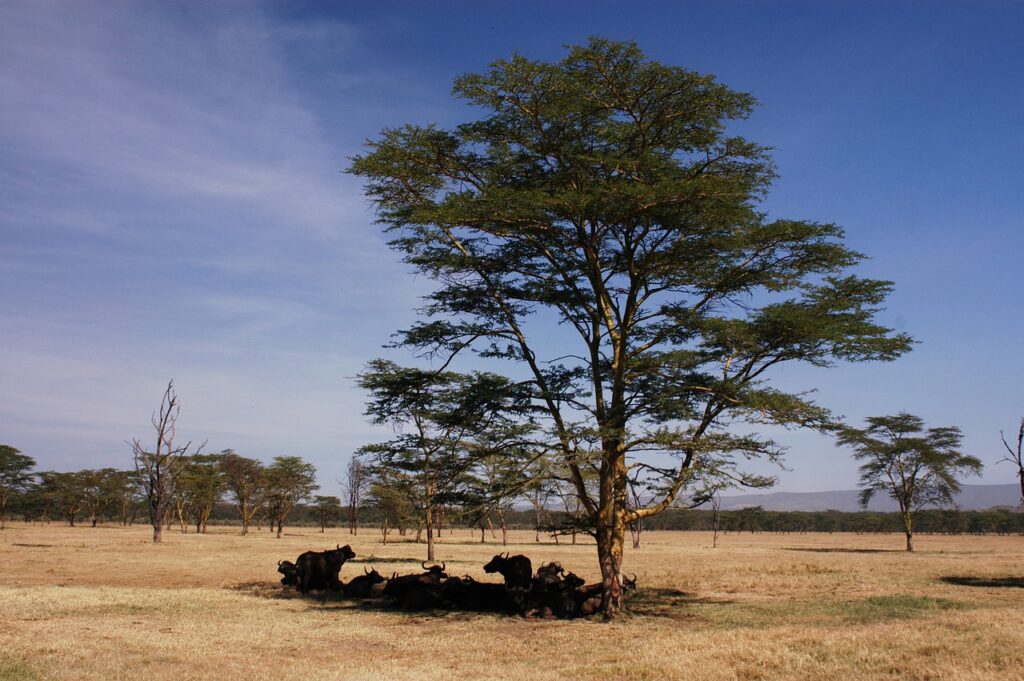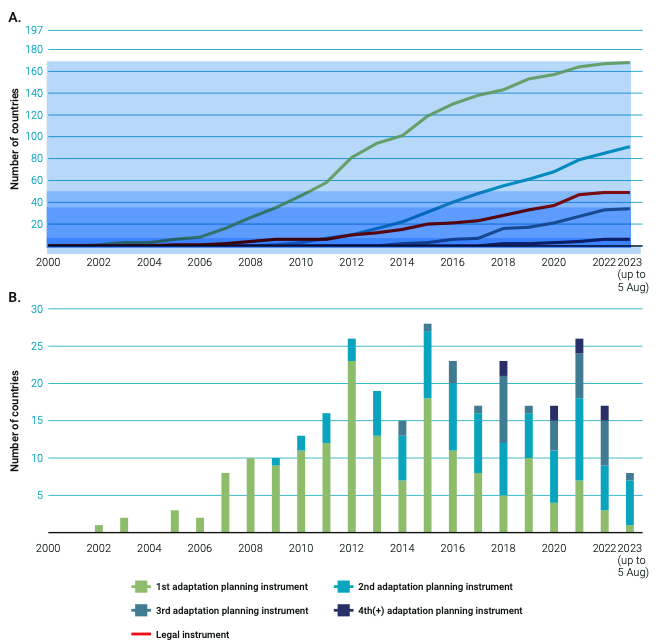
What does the IPCC Sixth Assessment Report cycle tell us about the urgency to climate change adaptation?
Six major conclusions of the Intergovernmental Panel on Climate Change (IPCC) Sixth Assessment Synthesis Report (2023) help scope the adaptation challenge and underline the urgent need to accelerate knowledge to anticipate future changes (planning), undertake the right actions on the ground (implementation) and allocate necessary means of implementation (in particular, finance).
Also read: Progress on climate adaptation is slowing on all fronts: UNEP
The conclusions of the report are as follows:
-
- About 40 per cent of humankind are already living in highly climate-vulnerable areas.
- The world is on track to experience dangerous climate risk levels before the end of the twenty-first century, even under a warming scenario of 1.5°C or 2°C in global mean temperature, with the transition to globally significant risks occurring at lower global warming levels in multiple IPCC reports.
- Some socioecological systems are already experiencing adaptation limits, which explains why residual risks will occur even under a warming scenario of 1.5 or 2°C and will dramatically increase with further climate changes.
- Not all options to adapt are long-term solutions to adapt. Some options can provide immediate benefits but are maladaptive over time through insidiously increasing exposure and vulnerability in situ (e.g. coastal dykes stimulating urbanization in low-lying areas) or displacing threats to other connected places, sectors and population groups.
- There is increasing concern that the solution space (i.e. the range of options available to adapt) is shrinking with warming. Some options, such as coral reef restoration, could become obsolete in the coming decades due to accelerating ocean warming and acidification.
- Although notable adaptation progress has been made, additional adaptation gaps remain when taking into account the full complexity of climate risks (cascading, compounding and accelerating) and challenges relating to adaptation limits, residual risks and the potential for maladaptation.
Global progress in national adaptation planning since 2000. Panel A: Cumulative number of countries that have prepared a first, second, third or fourth national planning instrument or a legal instrument since 2000. Panel B: Number of national planning instruments published globally each year.
These findings demonstrate the need for urgent and forceful climate action in all three domains: mitigation to minimize global warming, adaptation to reduce existing and future climate risks and loss and damage to best address unavoidable climate risks and limits to adaptation.
*Excerpts from United Nations Environment Programme (2023). Adaptation Gap Report 2023: Underfinanced. Underprepared. Inadequate investment and planning on climate adaptation leaves world exposed.
– global bihari bureau






